Shaped Strand Wire Rope
\
High-Performance Wire Ropes and Sling Solutions
Welcome to Aulone, where our commitment to quality and customer satisfaction drives every product we offer. Our wire ropes and sling solutions are designed to deliver unparalleled strength, flexibility, and reliability, making them ideal for critical applications in diverse industries.
Explore our extensive range of product forms, including customized wire ropes, slings, shackles, and hooks, all tailored to meet the specific needs of your projects. Our solutions are particularly suited for applications requiring high load-bearing capacity and corrosion resistance, ensuring optimal performance under tough conditions.
At Aulone, we are dedicated to providing products that represent the highest standards of quality and safety. Our wire ropes and socket are your partners in lifting and construction tasks, designed to ensure success and excellence in your operations.
Mian Structure

Advantege
Higher breaking force;
bigger wire rope filling coefficient;
Excellent anti-abrasion performance;
extrusion resistance,stability;
Excellent anti-abrasion performance and flexibility.
Applications:
It is widely used in a variety of lifting, hoisting, and traction equipment.
Also the metallurgical, machinery construction field. Such as cranes, construction machinery, shaft lifting, inclined shaft lifting, port loading and unloading, shipbuilding, transportation, mining industry, petroleum, and marine engineering, etc.
| Diameter (mm) | Approx. weight (kg/100m) | Tensile strength (MPa) | ||
| 1570 | 1770 | 1960 | ||
| Minimum breaking load (kN) | ||||
| 10 | 41 | 56.5 | 63.7 | 70.6 |
| 11 | 49.6 | 68.4 | 77.1 | 85.4 |
| 12 | 59 | 81.4 | 91.8 | 102 |
| 13 | 69.3 | 95.5 | 108 | 119 |
| 14 | 80.4 | 111 | 125 | 138 |
| 16 | 105 | 145 | 163 | 181 |
| 18 | 133 | 183 | 206 | 229 |
| 20 | 164 | 226 | 255 | 282 |
| 22 | 198 | 274 | 308 | 342 |
| 24 | 236 | 326 | 367 | 406 |
| 26 | 277 | 382 | 367 | 406 |
| 28 | 321 | 443 | 500 | 553 |
| 30 | 369 | 509 | 573 | 635 |
| 32 | 420 | 579 | 652 | 723 |
| 34 | 474 | 653 | 737 | 816 |
| 36 | 531 | 732 | 826 | 914 |
| 38 | 592 | 816 | 920 | 1020 |
| 40 | 656 | 904 | 1020 | 1130 |
Your Ultimate Guide to Acquiring Shaped Strand Wire Rope
When it comes to acquiring shaped strand wire rope for your crane rental or mining industry needs, understanding the specific benefits, uses, and considerations of this type of wire rope is crucial. Here’s a detailed guide to help you navigate the process:
Table of contents
Chapt 1
What is Shaped Strand Wire Rope
Shaped strand wire rope is a specialized type of wire rope designed to meet specific mechanical properties and configurations. Unlike standard round wire rope, shaped strand wire rope has strands that are formed into specific shapes, such as triangular, square, or flat configurations. This shaping can optimize the rope for certain applications where contact geometry, space constraints, or bending stresses play a critical role.
Here are a few key characteristics and uses of shaped strand wire rope:
Enhanced Contact Area: The unique shapes of the strands can increase the contact area with sheaves and drums, reducing wear and extending the life of both the rope and the equipment.
Improved Strength and Stability: Shaped strands can be designed to provide greater strength and more stable load-bearing properties under specific conditions compared to traditional round strands.
Customized Performance: These ropes can be tailored to specific performance requirements, such as increased resistance to abrasion, fatigue, or bending stresses, which is particularly useful in applications like cranes, elevators, and heavy lifting equipment.
Space Efficiency: The specific shapes of the strands can make these ropes more compact and space-efficient, which is beneficial in applications with limited space.
Shaped strand wire ropes are used in various heavy industrial applications, particularly where standard wire ropes might not provide the necessary performance or durability. They are also used in architectural applications for aesthetic reasons, as well as in bridges and other structures where their specific properties can be advantageous.
Chapt 2
Advantege of Shaped Strand Wire Rope
Shaped strand wire ropes offer several distinct advantages over traditional round strand wire ropes, especially in applications that demand high performance under challenging conditions. Here are some of the key benefits:
Increased Contact Area: Shaped strands are designed to maximize the contact area with sheaves and drums. This increased contact area distributes the load more evenly and reduces the pressure on the rope and the contact surfaces, which helps in decreasing wear and prolonging the life of both the rope and the equipment.
Reduced Internal Abrasion: The design of shaped strands can minimize the movement of individual wires and strands within the rope, which reduces internal abrasion that typically occurs in round strand ropes. This feature contributes to a longer service life and maintains the integrity of the rope over time.
Enhanced Load Distribution: The unique profiles of shaped strands allow for better load distribution across the rope. This can enhance the strength and stability of the rope, making it more effective at bearing heavy loads and resisting the forces that cause deformation and fatigue.
Improved Flexibility and Bending Fatigue Resistance: Some shaped strand designs can improve the flexibility of the wire rope, which is beneficial in applications involving repetitive bending. Improved flexibility can lead to better resistance to bending fatigue, a common failure mode in wire ropes.
Compact and Efficient Use of Space: Shaped strand ropes can be more compact compared to their round strand counterparts. This compactness is advantageous in applications where space is limited, allowing for efficient use of space without compromising the rope’s performance.
Customizable for Specific Applications: The ability to shape the strands allows manufacturers to customize the wire ropes for specific needs and applications. Whether the requirement is for increased abrasion resistance, better flexibility, or enhanced strength, shaped strand ropes can be tailored to meet these specific demands.
Aesthetic Appeal: In architectural applications, the unique shapes of these ropes can also add an aesthetic dimension not found in standard ropes. This makes them suitable for visible applications where appearance is important, such as in structural supports in buildings or bridges.
Overall, shaped strand wire ropes are a sophisticated choice for demanding applications where standard wire ropes might not suffice. Their specialized designs allow for improved performance, durability, and application-specific customization, making them a preferred option in many industrial and architectural scenarios.
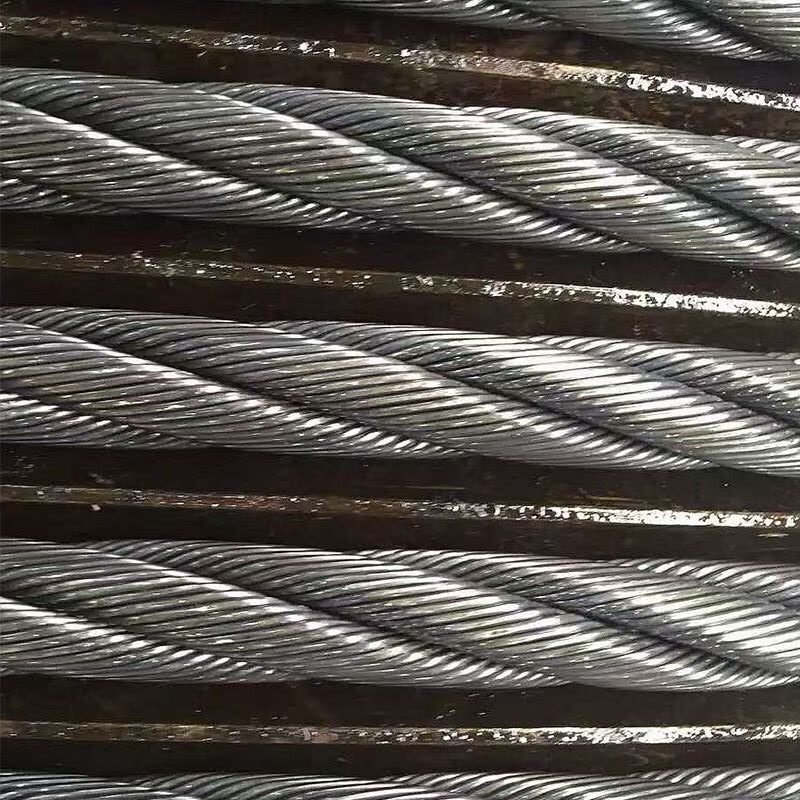
Chapt 3
Shaped Strand Wire Rope Production Procedure
The production of shaped strand wire rope is a complex process that requires precision and control at every stage. The procedure involves several key steps, from the initial wire drawing to the final rope assembly. Here’s a detailed overview of the production process:
Wire Drawing: The process begins with drawing the raw material, typically high-carbon steel, through a series of dies to gradually reduce its diameter and increase its tensile strength and ductility. This step is critical for achieving the desired strength and flexibility in the final product.
Wire Shaping: After drawing, the wires are shaped into specific profiles using specialized machinery. This could involve flattening, forming into triangular, square, or other shapes depending on the application requirements. The shaping process is crucial for the functional attributes of the rope, such as increased contact area or specific load-bearing characteristics.
Stranding: Shaped wires are then assembled into strands. This process involves twisting multiple wires together, and it may include a core wire around which the outer wires are wrapped. The configuration depends on the desired properties of the rope, such as flexibility, abrasion resistance, and breaking strength.
Preforming: Before closing the strands into the final rope, they are often preformed. This involves giving the strands a preliminary twist that anticipates their final form in the rope. Preforming helps the wire maintain its structure in the rope, reducing internal stresses and the likelihood of untwisting during use.
Compaction: Some shaped strand ropes undergo a compaction process where the strands are compacted through rollers or dies to make them more compact and solid. This reduces internal voids and allows for better contact between the strands, improving strength and resistance to wear and deformation.
Closing: The shaped and possibly compacted strands are then closed around a core to form the wire rope. The core can be a fiber core, providing flexibility and reducing weight, or a wire strand core, which increases strength and load-bearing capacity.
Coating and Finishing: After closing, the rope might be coated for corrosion protection or to enhance its wear properties. Common coatings include galvanizing, where a layer of zinc protects against rust, or plastic coatings, which protect against wear and environmental damage.
Testing and Inspection: Quality control is critical in the production of wire ropes. The finished ropes are subjected to various tests, including tensile tests, bend fatigue tests, and abrasion tests, to ensure they meet the required specifications and performance standards.
Packaging and Shipping: Once tested and approved, the wire ropes are spooled onto large reels or cut into lengths and packaged for shipping. Proper handling and packaging are important to protect the ropes from damage during transit and storage.
Each of these steps is tailored to the specific requirements of the shaped strand wire rope, ensuring that the final product can perform effectively in its intended applications, particularly in scenarios where standard round wire rope may not suffice. This process demands sophisticated equipment and a high level of technical expertise to produce a rope that meets precise industry standards.
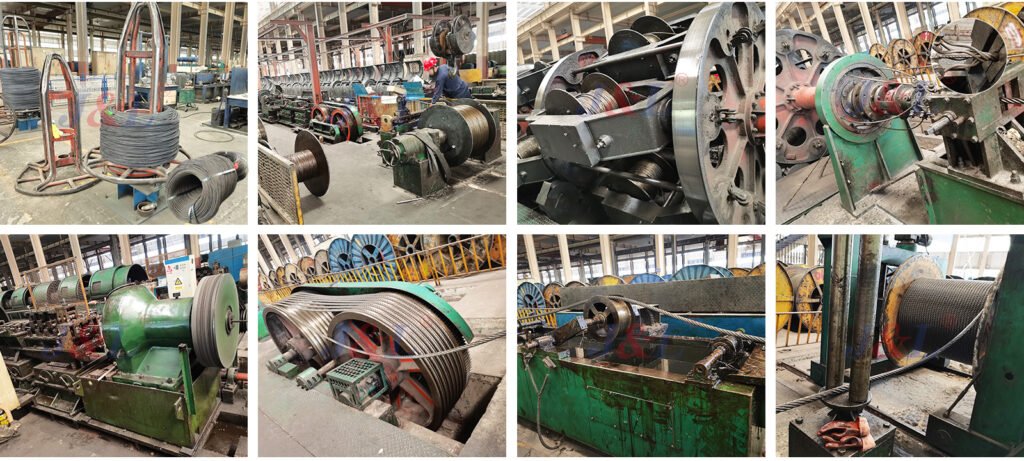
Chapt 4
Application of Shaped Strand Wire Rope
Shaped strand wire rope is highly valued for its unique properties and characteristics, which make it suitable for a variety of specialized applications. Its design, involving strands shaped into specific profiles like flat, triangular, or square, enhances its performance in environments where standard round strand wire rope might not be as effective. Here are some key applications:
Cranes and Hoists
In lifting equipment like cranes and hoists, shaped strand wire rope is often used because its increased surface contact area reduces wear on sheaves and drums. This is crucial for maintaining safety and efficiency in operations that involve frequent lifting of heavy loads.
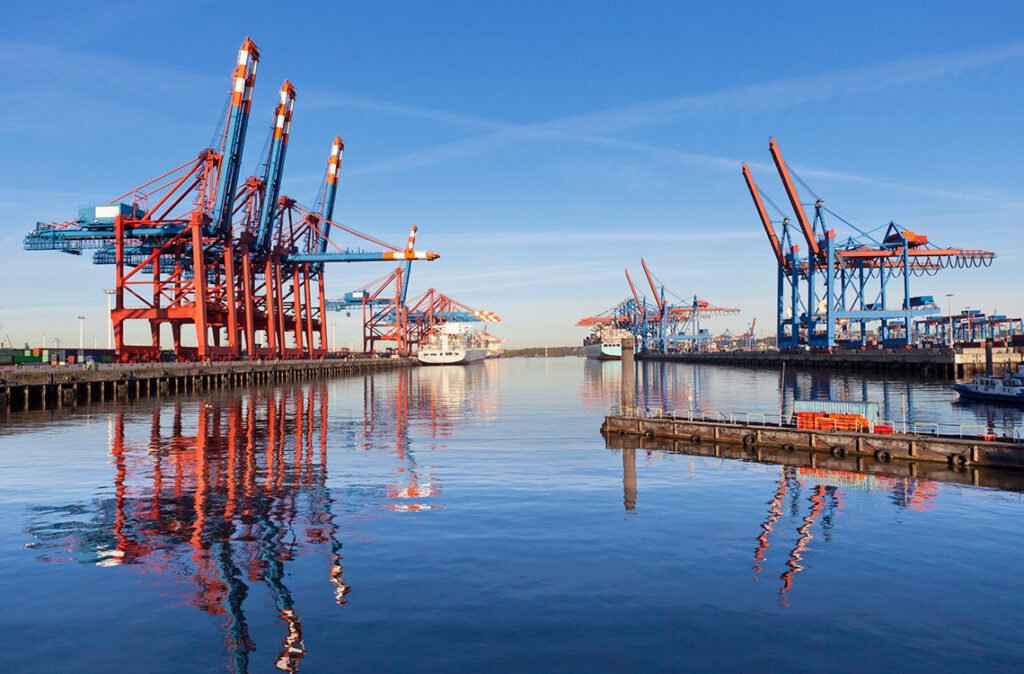
Bridge Cables
For suspension and cable-stayed bridges, wire ropes must provide exceptional strength and durability. Shaped strand wire ropes can be designed to handle specific loads and tensions, making them suitable for supporting bridge structures.
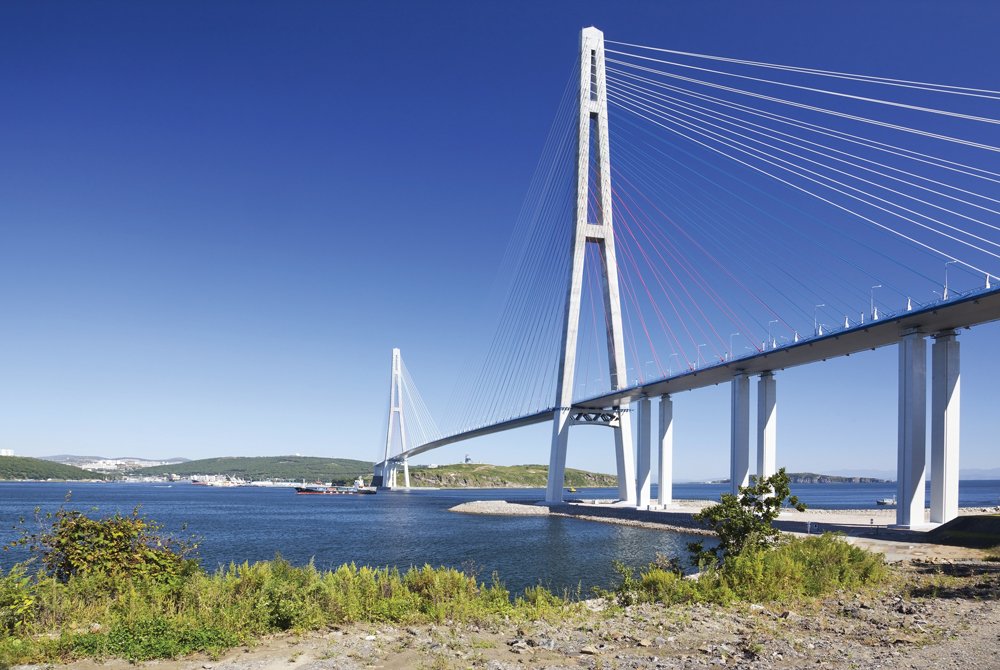
Marine Applications
Shaped strand wire ropes are used in marine environments for applications such as mooring lines, towing lines, and crane ropes on ships. Their improved resistance to corrosion and abrasion helps maintain their integrity in salty and wet conditions.
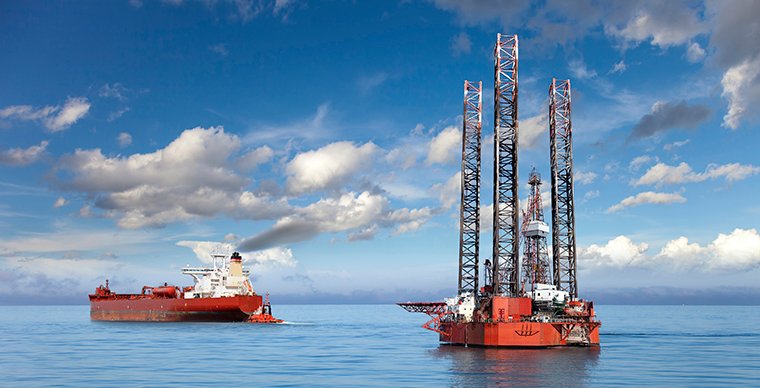
Mining
In the mining industry, wire ropes must withstand extremely harsh conditions, including high loads, abrasive environments, and constant friction. Shaped strand wire ropes offer enhanced resistance to abrasion and fatigue, making them ideal for mining hoists and conveyance systems.

The customization potential of shaped strand wire rope allows it to meet the specific demands of various industries, providing solutions where conventional ropes might fall short. This versatility is key to its widespread use across such a broad range of applications
Chapt 5
Shaped Strand Wire Rope Considerations for Purchasing
When purchasing shaped strand wire rope, several key considerations must be taken into account to ensure that the selected rope meets the specific needs of the application. Here are the essential factors to consider:
Application Requirements: Understanding the specific requirements of the application is crucial. This includes the load capacity, environmental conditions, bending radii, abrasion resistance, and fatigue life. Different applications may require different properties in the wire rope, such as increased abrasion resistance for mining or enhanced fatigue resistance for cranes.
Material and Construction: The material of the wire rope and its construction (how the wires and strands are shaped and arranged) significantly affect its performance. For example, high-carbon steel is common, but stainless steel might be necessary for corrosive environments. The specific shape of the strands should also be selected based on how well they need to interact with other components, like sheaves and drums.
Diameter and Length: The diameter and length of the wire rope must be appropriate for the equipment and the load it needs to handle. Incorrect sizing can lead to inadequate performance or safety risks.
Core Type: The core plays a crucial role in the rope’s performance. Fiber cores may be used for lighter loads and greater flexibility, while independent wire rope cores (IWRC) provide higher strength and crushing resistance, crucial for heavier loads.
Flexibility: The required flexibility of the wire rope should be considered, especially in applications involving repeated bending. More flexible ropes might be less durable under certain loads, so there’s often a trade-off between flexibility and lifespan.
Strength and Tensile Properties: The tensile strength of the wire rope needs to meet or exceed the maximum expected load. This includes considering both the nominal breaking strength and the safe working load, which is typically a fraction of the breaking strength.
Environmental Resistance: Consider the environmental conditions the rope will be exposed to, such as moisture, temperature extremes, and chemicals. For instance, galvanized ropes resist corrosion better than uncoated ropes, and certain coatings can protect against specific environmental threats.
Certification and Standards Compliance: Ensure that the wire rope complies with relevant standards and certifications, such as those from EN12385 or specific industry standards. This is crucial for safety, performance, and regulatory compliance.
Supplier Reputation and Service: Choose a supplier with a strong reputation for quality and service. Reliable suppliers will provide certification for their ropes and should offer support in selecting the right rope for your application.
Cost Considerations: Finally, consider the cost, which includes not only the initial purchase price but also the lifespan and maintenance expenses associated with the rope. A higher upfront cost might be justified by longer service life and reduced downtime.
By carefully considering these factors, you can ensure that the shaped strand wire rope you select will perform effectively and safely under the specific conditions of your application, providing the best value and reliability over its operational life.
Chapt 6
Quality Assurance For Shaped Strand Wire Rope
Quality assurance for shaped strand wire rope is a critical aspect of manufacturing and usage, ensuring that the rope meets stringent safety and performance standards. Effective quality assurance involves multiple stages, from material selection through manufacturing processes to post-production testing and ongoing inspections during use. Here’s a detailed breakdown of quality assurance practices for shaped strand wire rope:
Material Quality Control
Raw Material Inspection: Begin with thorough inspection and testing of the raw materials, such as high-carbon steel, to ensure they meet specified chemical and physical properties.
Supplier Certification: Ensure that all material suppliers are certified and comply with industry standards to maintain consistency and quality in the raw materials.
Manufacturing Process Controls
Precision Tooling: Utilize precise tooling and dies required for shaping the strands to specified profiles, ensuring consistent and accurate strand shapes.
Process Monitoring: Implement rigorous monitoring of all critical manufacturing processes, including drawing, shaping, stranding, and closing. Use real-time data collection and analysis to maintain process control.
Preforming and Compaction: Ensure that preforming and compaction processes are controlled to produce ropes with optimal lay length and compactness, which directly affect performance and durability.
Testing and Certification
Tensile Testing: Conduct tensile strength tests to ensure each batch of wire rope can withstand specified load conditions without failure.
Fatigue and Bending Tests: Perform fatigue and bending tests, especially for applications involving dynamic loads or frequent bending, to simulate operational stresses.
Corrosion Resistance Testing: For ropes used in corrosive environments, test for corrosion resistance to ensure long-term reliability and safety.
Third-Party Certifications: Obtain certifications from reputable third-party organizations (such as CE,BV etc) to validate the quality and performance of the wire rope against international standards.
Final Inspection and Traceability
Visual Inspections: Perform detailed visual inspections of the finished wire rope for any manufacturing defects such as misshapen strands, improper closures, and irregular lay.
Dimensional Verification: Check the dimensions of the wire rope to ensure they meet specified tolerances.
Traceability: Maintain thorough records of production data, tests, and inspections for each batch or reel of wire rope to ensure traceability throughout its service life.
Quality Documentation
Provide Comprehensive Documentation: Include quality certificates, test results, and compliance statements with every shipment to assure customers of the rope’s quality.
User Guidelines: Supply clear usage, handling, and maintenance guidelines to help end-users maintain rope quality and performance.
Ongoing Inspections and Field Service
Regular Field Inspections: Encourage or provide regular inspections and service checks to monitor the condition of the wire rope in use, including wear, corrosion, and fatigue.
Feedback Mechanism: Implement a feedback mechanism to gather insights from users about the rope’s performance and areas for improvement.
By adhering to these quality assurance practices, manufacturers and users of shaped strand wire rope can ensure the highest levels of safety and efficiency. Regular quality checks and maintaining high standards throughout the production and usage phases are key to achieving superior performance and longevity of wire ropes in various applications.
Get the catalogue
Leave a request and we will send you the catalogue with Aulone steel wire ropes by e-mail
86-15573139663
86-15363044363


